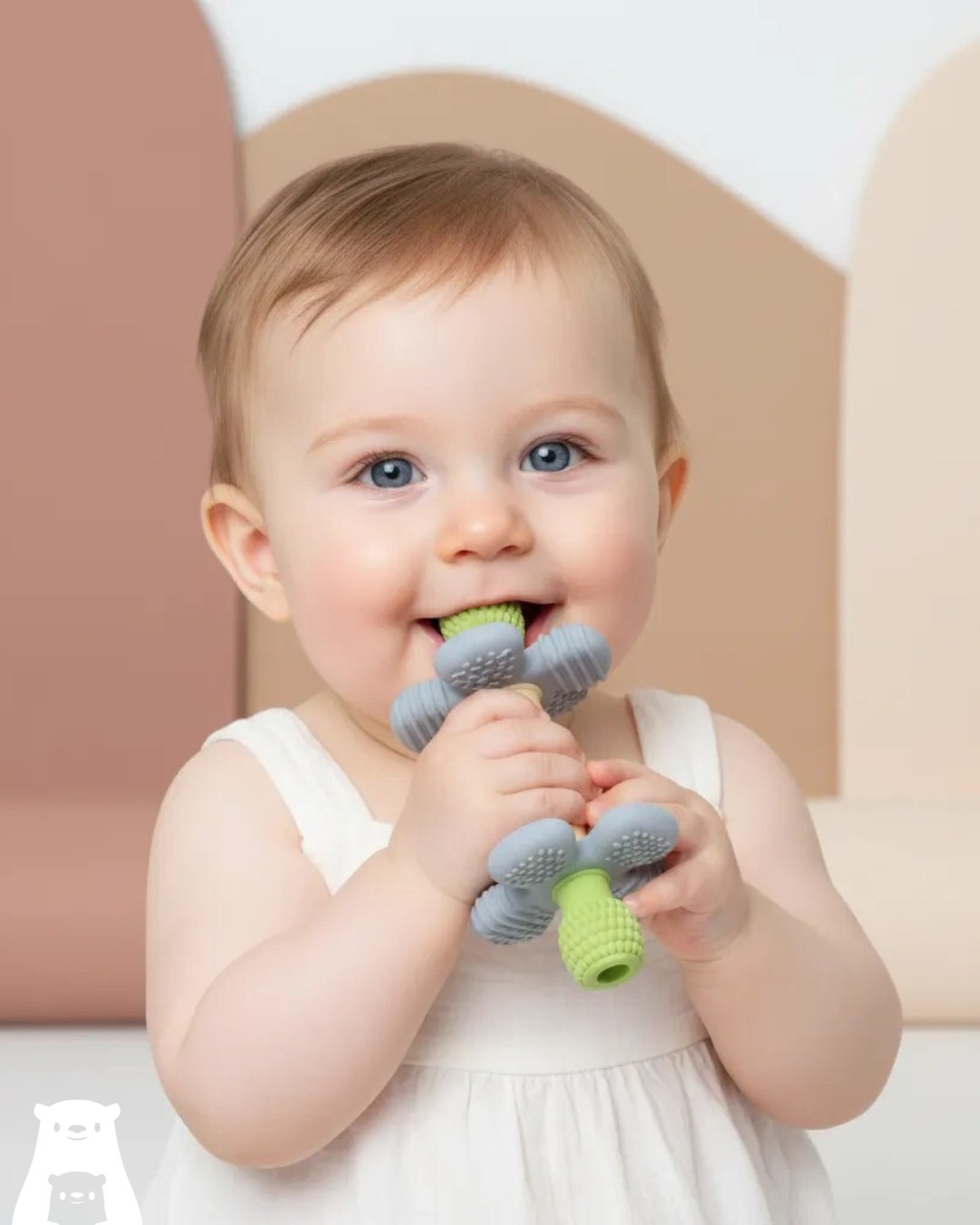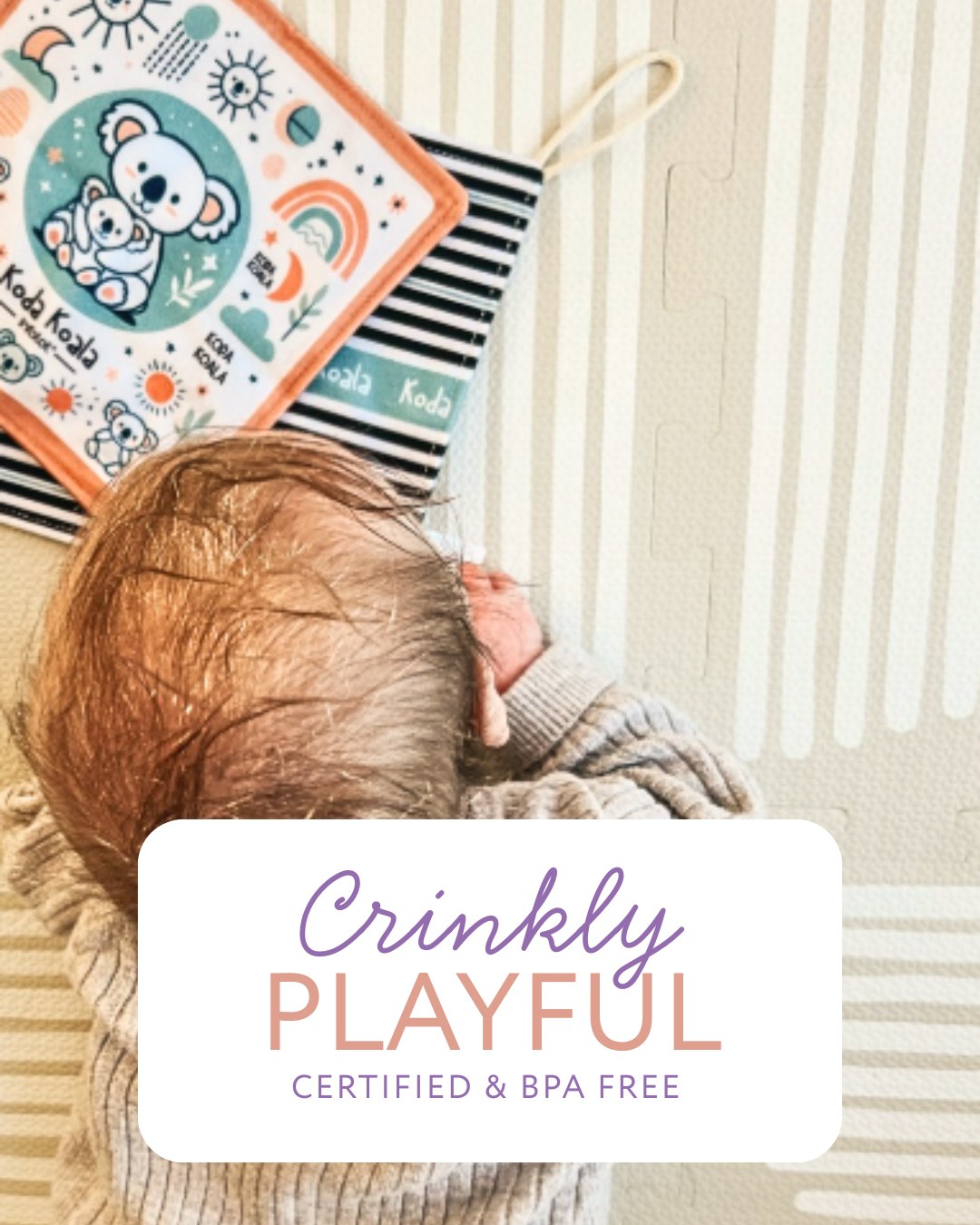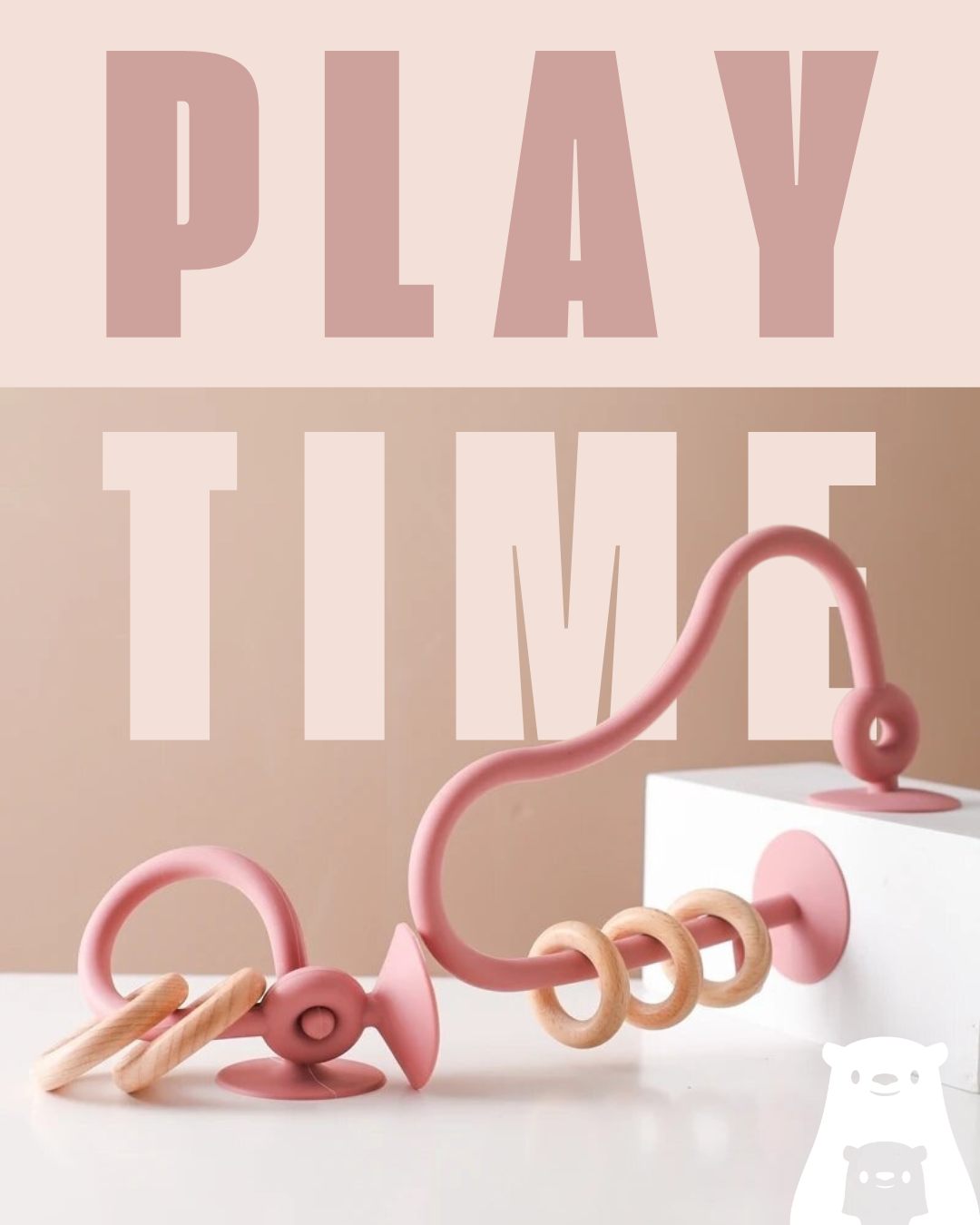Blog
The Ultimate Guide to Baby-Led Weaning: Tips and Tricks for Starting Solids
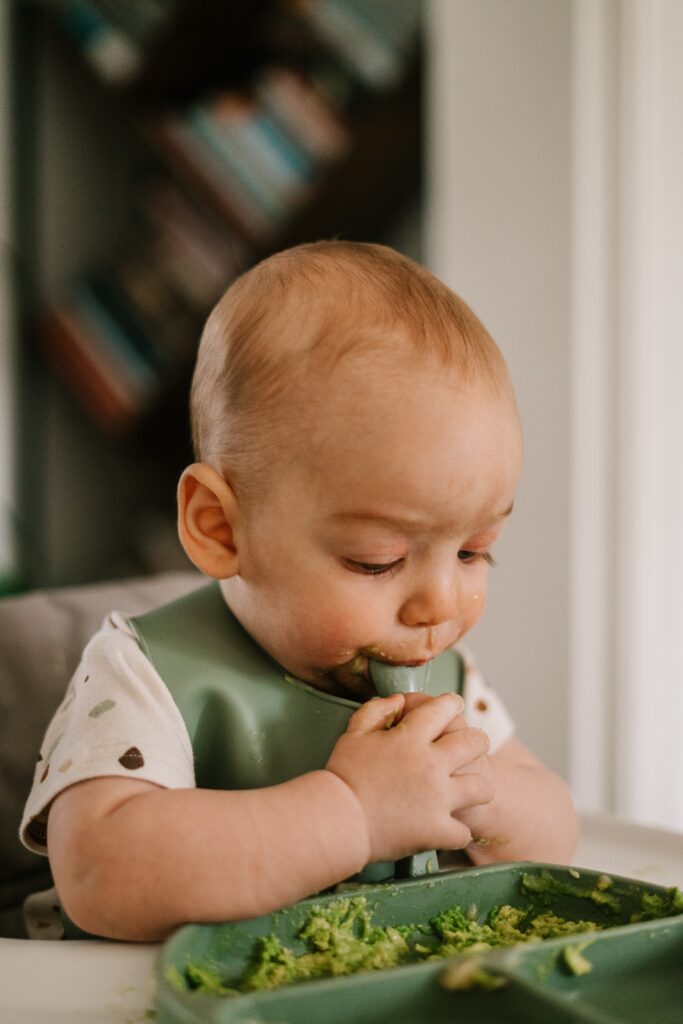
One of the most exciting milestones for new parents is introducing solid foods to their baby. While there are many different methods for starting solids, baby-led weaning has become increasingly popular in recent years. This method involves allowing babies to feed themselves finger foods from the very beginning, rather than starting with purees and spoon feeding. In this article, we will explore the basics of baby-led weaning and provide you with tips and tricks for getting started.
What is Baby-Led Weaning?
Baby-led weaning (BLW) is an approach to introducing solid foods to babies that emphasizes self-feeding and independence. Instead of starting with purees and spoon-feeding, parents offer their babies soft, easy-to-grip finger foods that they can pick up and eat on their own.
The idea behind BLW is that babies are naturally curious and will explore and experiment with food on their own. By allowing them to self-feed, they are able to control the pace and amount of food they eat, which can lead to a healthier relationship with food and a lower risk of overeating and obesity later in life.
BLW also has some practical benefits for parents. It can be less time-consuming than spoon-feeding, as babies are able to feed themselves while parents eat their own meals. It can also be more cost-effective, as parents can simply offer their babies small portions of whatever they are eating themselves.
When to Start Baby-Led Weaning
The American Academy of Pediatrics recommends starting solids at around six months of age. At this point, most babies have the necessary motor skills to be able to pick up and bring food to their mouths. However, it is important to remember that all babies develop at their own pace, and some may not be ready to start solids until a little later.
Before starting baby-led weaning, it is important to make sure that your baby is showing signs of readiness. These signs include:
- Being able to sit up on their own without support
- Showing an interest in food and watching others eat
- Being able to grasp objects and bring them to their mouth
- Being able to chew and swallow food (babies do not need to have teeth to start solids)
If your baby is not showing these signs of readiness, it may be best to wait a little longer before starting solids.
Choosing Finger Foods for Baby-Led Weaning
When choosing foods for baby-led weaning, it is important to keep a few things in mind. First, the food should be easy to grip and manipulate. This means that foods should be cut into small, finger-sized pieces that are easy for babies to pick up and bring to their mouth.
Second, the food should be soft enough for babies to chew and swallow. This means that hard or crunchy foods should be avoided, as they can be a choking hazard. Some examples of good finger foods for baby-led weaning include:
- Soft, ripe fruits such as bananas, avocados, and peaches
- Cooked vegetables such as sweet potatoes, carrots, and green beans
- Soft, cooked meats such as chicken and fish
- Grains such as rice and pasta
It is also important to avoid foods that are high in salt, sugar, or other additives. Babies have delicate taste buds and do not need extra salt or sugar in their diets. Additionally, foods that are high in additives or preservatives can be hard on their digestive systems.
Tips for Getting Started with Baby-Led Weaning
Starting baby-led weaning can be both exciting and daunting for new parents. Here are some tips to help you get started:
- Offer a variety of foods.
It is important to offer your baby a variety of different foods to help them develop a taste for different flavors and textures. This can also help prevent picky eating later on. Try to offer a mix of fruits, vegetables, grains, and proteins.
- Start with soft, easy-to-grip foods.
When you first start baby-led weaning, it is a good idea to start with soft, easy-to-grip foods. This will help your baby get used to the idea of self-feeding and prevent choking. Soft fruits like bananas and avocados, cooked vegetables like sweet potatoes and carrots, and small pieces of soft meats are all good options.
- Let your baby explore.
Baby-led weaning is all about letting your baby explore and experiment with food. Let them touch, taste, and play with the food, even if they don’t eat much of it at first. This will help them develop a positive relationship with food and encourage them to try new things.
- Offer water with meals.
As your baby starts to eat more solids, they may get thirsty. Offer them water in a sippy cup or straw cup with meals to help them stay hydrated.
- Be prepared for messes.
Baby-led weaning can be messy! Be prepared for food to end up on the floor, the walls, and your baby’s clothes. Consider putting a plastic mat or drop cloth under your baby’s high chair to make clean-up easier.
- Stay with your baby during meals.
It is important to stay with your baby during meals to make sure they are safe and not choking. Keep an eye on them as they eat and make sure they are chewing and swallowing their food properly.
Potential Challenges with Baby-Led Weaning
While baby-led weaning can be a great way to introduce solids to your baby, it is not without its challenges. Here are some potential challenges you may face:
- Choking.
One of the biggest concerns with baby-led weaning is the risk of choking. It is important to choose soft, easy-to-grip foods and to stay with your baby during meals to make sure they are not choking. Make sure to cut food into small, finger-sized pieces and avoid hard or crunchy foods that can be a choking hazard.
- Food waste.
When babies self-feed, they often drop or throw food, which can lead to food waste. Consider offering smaller portions and only adding more food as your baby finishes what is on their plate. You can also save leftover food for future meals.
- Frustration.
Some babies may become frustrated if they are not able to pick up or eat certain foods. Remember that this is a learning process and your baby may need some time to develop the necessary skills. Offer a variety of foods and be patient as your baby learns.
- Lack of variety.
If you stick to the same foods over and over again, your baby may become bored or develop a preference for certain foods. Make sure to offer a variety of different foods to keep things interesting.
- Mess.
Baby-led weaning can be messy! Be prepared for food to end up on the floor, the walls, and your baby’s clothes. Consider putting a plastic mat or drop cloth under your baby’s high chair to make clean-up easier.
In Conclusion
Baby-led weaning can be a great way to introduce solids to your baby and encourage healthy eating habits. By allowing your baby to self-feed, you can help them develop a positive relationship with food and prevent overeating later in life. However, it is important to choose soft, easy-to-grip foods and to stay with your baby during meals to prevent choking. With patience and practice, baby-led weaning can be a fun and rewarding way to explore new foods with your little one.
Top rated products
-
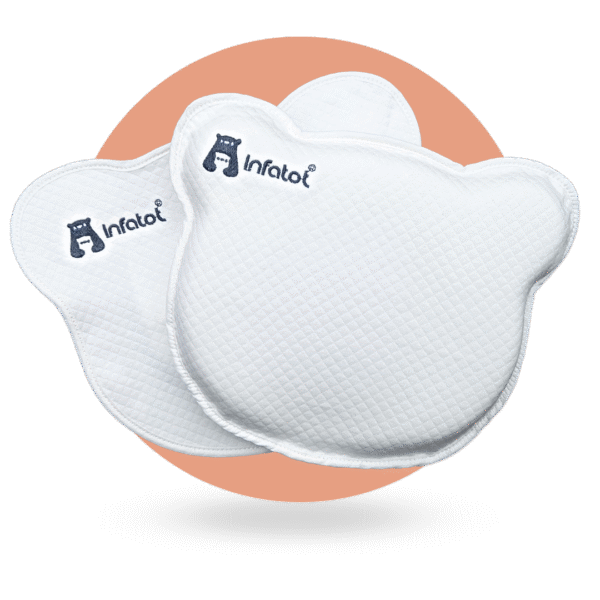 Infatot Plagiocephaly
Infatot Plagiocephaly
Flat Head PillowRated 5.00 out of 5£19.99 -
 Fruit Feeder & Tray Set
Rated 4.91 out of 5£14.99
Fruit Feeder & Tray Set
Rated 4.91 out of 5£14.99 -
 Koda Koala Bitey Pair
Rated 4.87 out of 5£7.99
Koda Koala Bitey Pair
Rated 4.87 out of 5£7.99 -
 Koda Koala Crinkle Sheets
Rated 4.87 out of 5£7.99
Koda Koala Crinkle Sheets
Rated 4.87 out of 5£7.99





